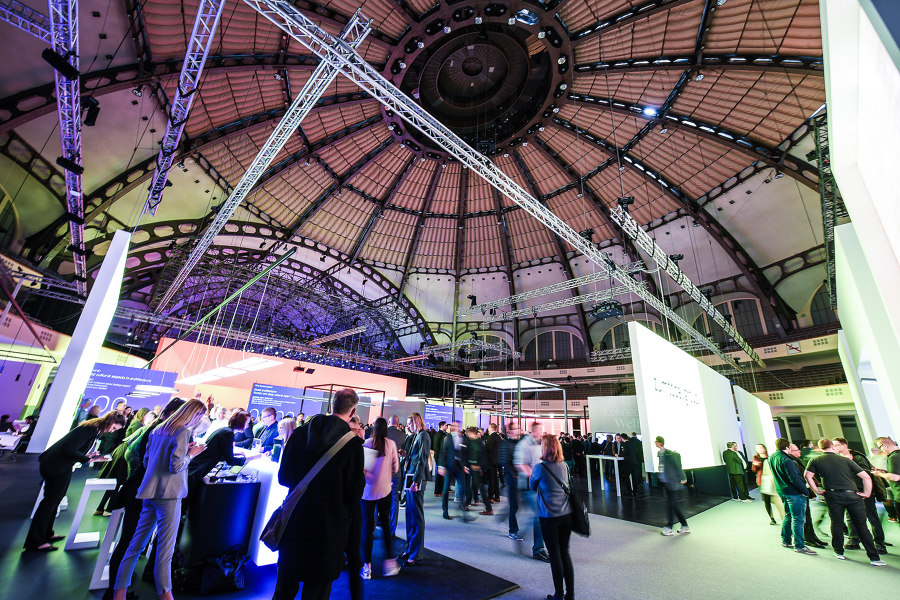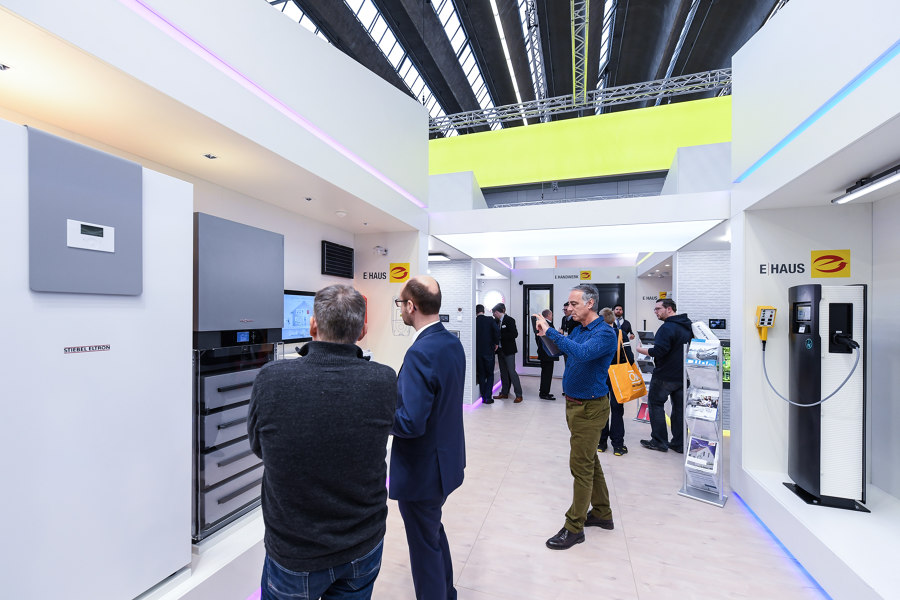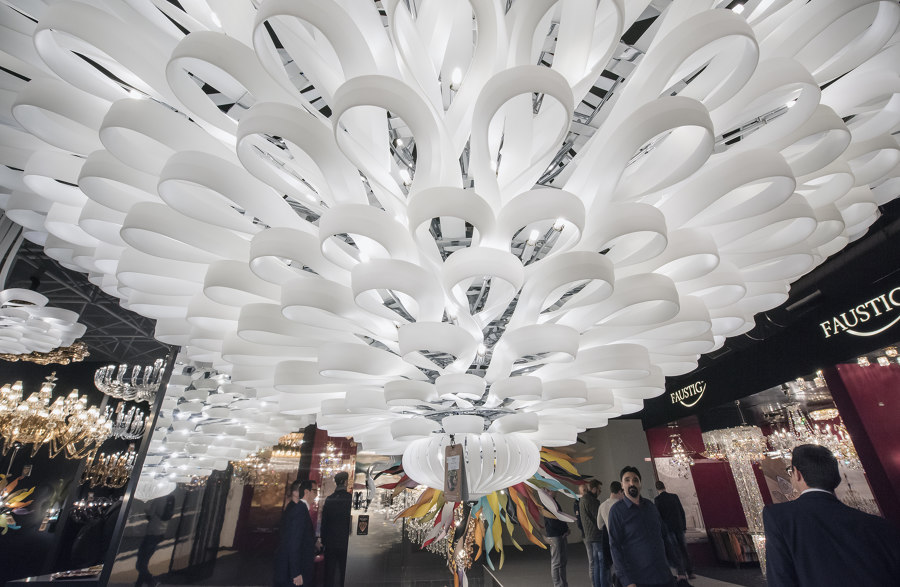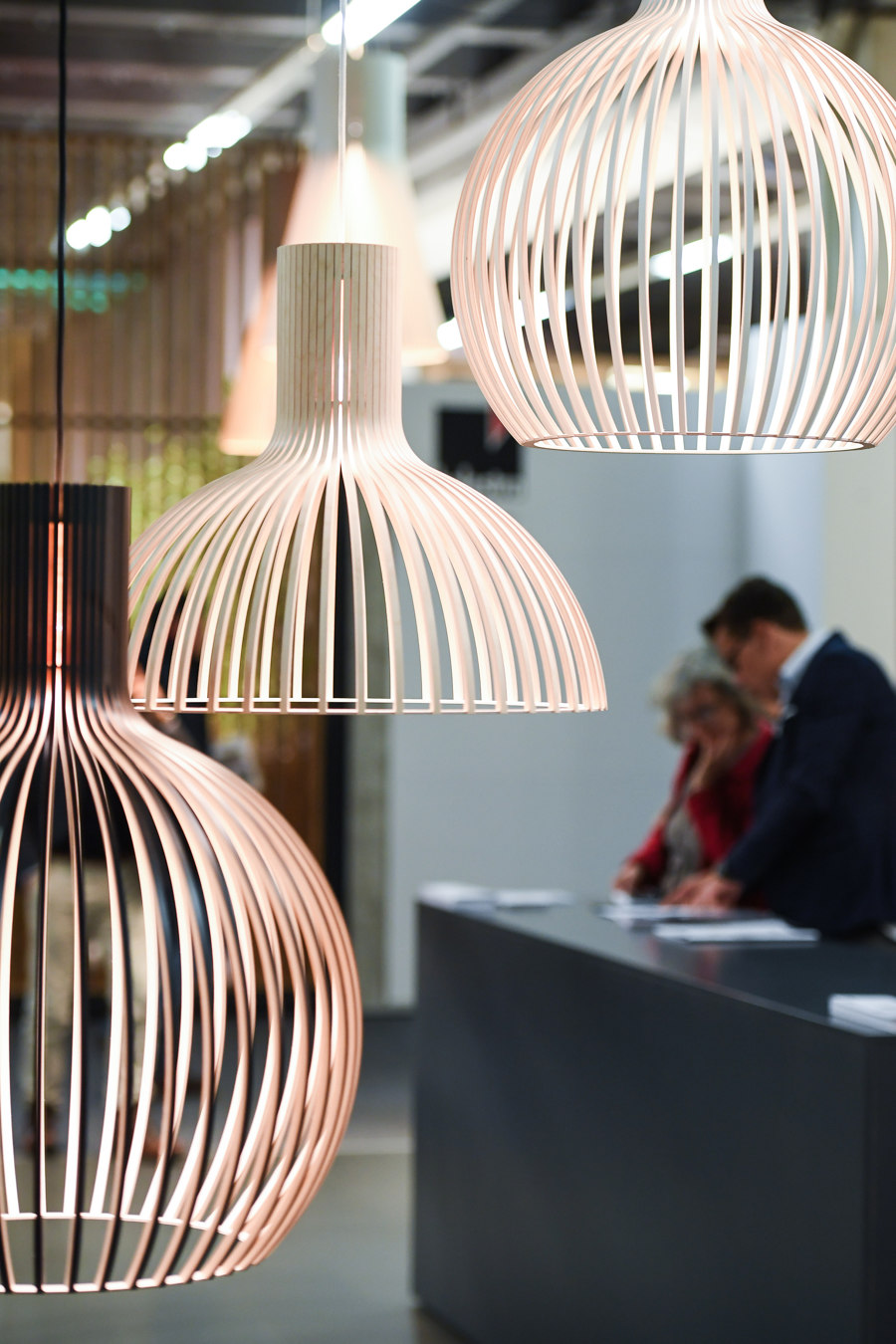In the best light: Light + Building 2020
Storia del Marchio di Gerrit Terstiege
Germania
14.01.20
Every two years, LIGHT + BUILDING puts a spotlight on current lighting trends as well as the latest developments in the field of intelligent building technology. Taking place in Frankfurt from 8 to 13 March, it is, in short, a must for architects and planners.
Architects and planners can find out about new technology and design trends at the next edition of Light + Building in March. The world's leading trade fair brings together the fields of lighting, electrical engineering and home and building automation
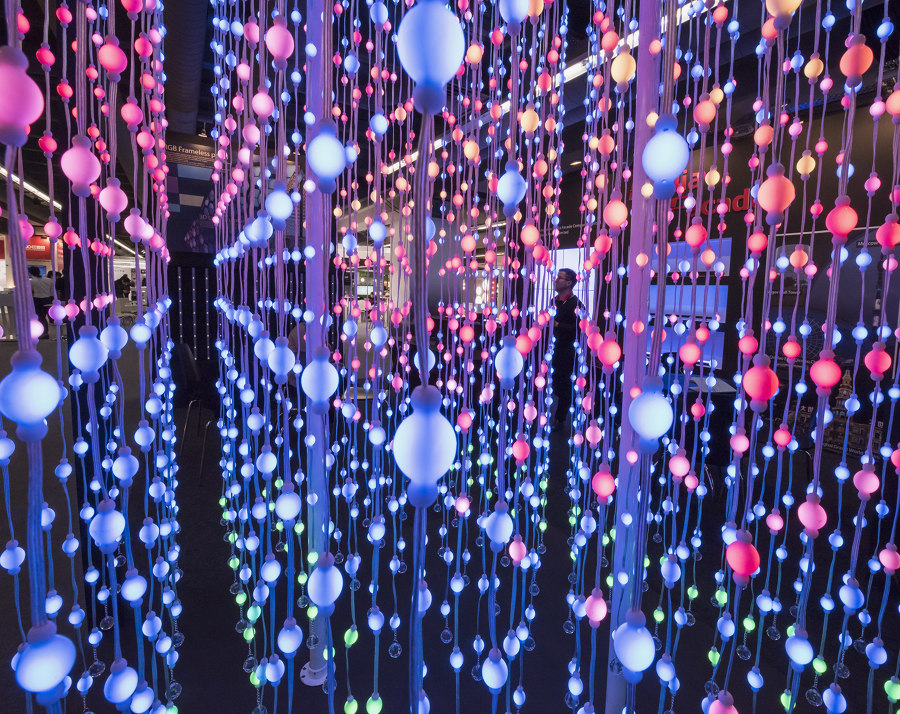
Architects and planners can find out about new technology and design trends at the next edition of Light + Building in March. The world's leading trade fair brings together the fields of lighting, electrical engineering and home and building automation
×If you’re observing a dachshund as it activates a light-sensitive sensor with the wagging of its tail, thereby triggering the automatic closure of a garage door and subsequent locking inside of its owner, you may correctly guess that French auteur filmmaker Jacques Tati is involved. His classic 'Mon Oncle' from 1958 takes a close look at the technical achievements of modernity and shows man as a plaything of the latest developments: windows and doors open as if by magic, in a house that appears so thoroughly styled, so exaggeratedly and technically optimised, the inhabitants become figures of fun. Yes, even in the kitchen, Tati's appliances no longer open in the expected manner because mysterious buttons control the simplest of processes, and in such a way that even opening a cupboard door becomes a game of chance.
Light + Building is the place where the international lighting industry networks every two years. Top: the legendary Frankfurt Festhalle. Above: Lighting control and building automation simplify life and living
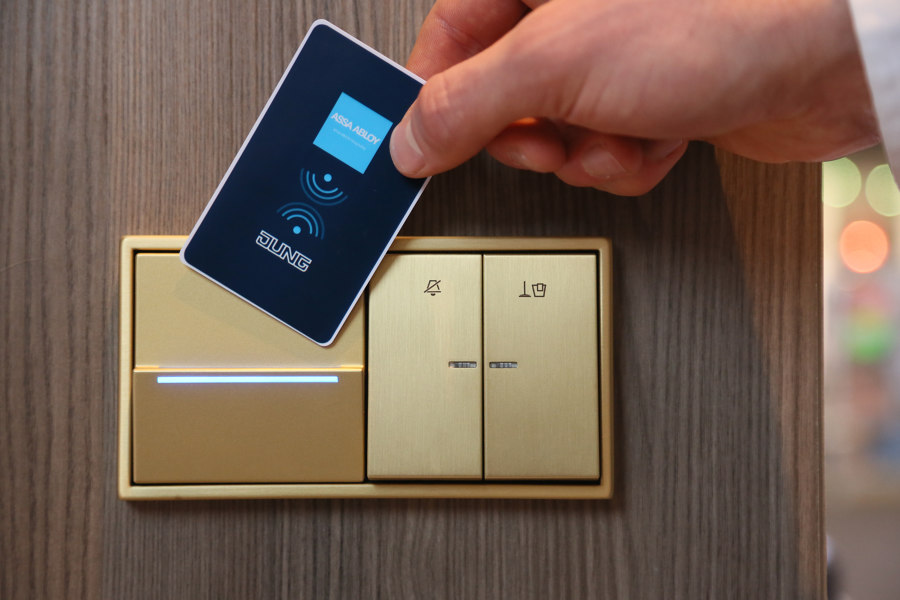
Light + Building is the place where the international lighting industry networks every two years. Top: the legendary Frankfurt Festhalle. Above: Lighting control and building automation simplify life and living
×But let's get back to the serious business of life – because over 60 years later, much of what was technically conceived in 'Mon Oncle' has long since become reality. And, of course, the aim of current home technology is to really simplify things. Lighting control and building automation, for example, touch on more and more areas of life – both aesthetically and functionally. Aspects such as safety and energy management must be considered, as well as a formally coherent use of light fittings in, on and in front of buildings. Here, new digital control tools help to reduce complexity and to adjust rooms individually, for example with regard to lighting and temperature.
Architects and planners can find out about the latest developments, technology and design trends at the next edition of Light + Building from 8 to 13 March. Every two years, at this, the world's leading trade fair for the sector, Messe Frankfurt brings together the fields of lighting, electrical engineering and house and building automation, and presents current and future–oriented trends. Energy efficiency and digitalisation – two closely interlinked topics – will play a leading role in 2020. One of the three main themes of the trade fair is 'Connecting' – which covers all digitally networked elements in architecture and building technology – because after all, one of the key objectives of 'Smart Houses' and 'Smart Buildings' is to support residents and users in controlling energy flows in a targeted way, including by way of automated building technology.
What are the trends in the areas of security and energy management? Without a doubt, new digital control tools are helping to reduce complexity in the adjusting of individual room settings with regard to, for example, lighting and temperature
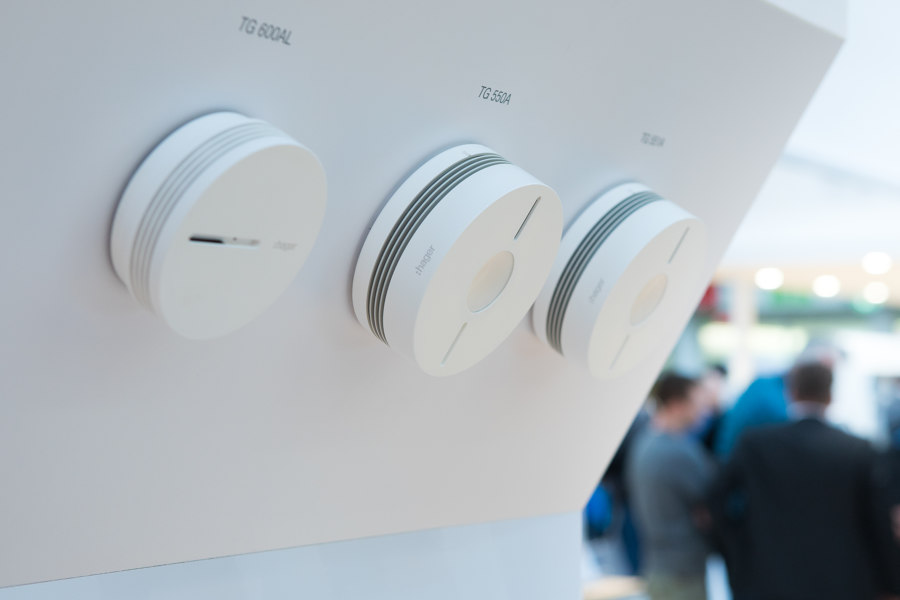
What are the trends in the areas of security and energy management? Without a doubt, new digital control tools are helping to reduce complexity in the adjusting of individual room settings with regard to, for example, lighting and temperature
×For architects, energy management is becoming increasingly important right from the beginning of the design phase. For example, IT–supported 'Building Information Modeling' (BIM) methods can be used to produce precise forecasts of the technical requirements of an architectural project. In turn, the findings from digital simulations also help in the implementation phase and provide the subcontractors involved with important information regarding the areas for which they are responsible.
For architects, energy management is becoming increasingly important right from the beginning of the design phase
A recent study on the digitisation of the German construction industry, conducted by PricewaterhouseCoopers (PwC), shows that Building Information Modeling is being called for in more and more tenders. Light + Building will use the term 'Pioneering' to summarise concepts and product solutions that offer great opportunities but are not yet fully established on the market. This also includes the topic of 'Digital Gemini – BIM' as an overarching interface.
Specific trends in the lighting sector are presented under the keyword ‘Fascinating’. The fact that designers are using the new freedom offered by LED technology, for example, is made clear by the large number of innovative lighting products
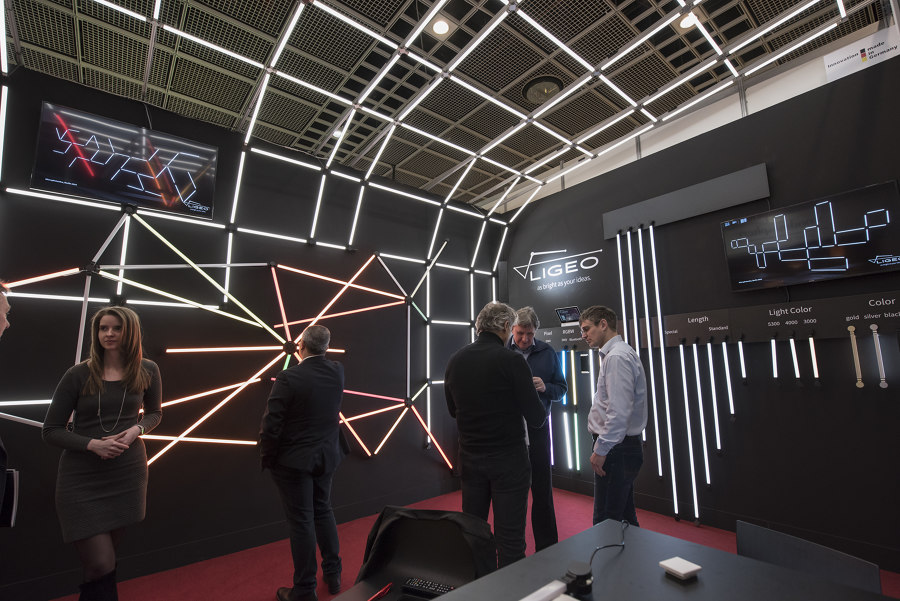
Specific trends in the lighting sector are presented under the keyword ‘Fascinating’. The fact that designers are using the new freedom offered by LED technology, for example, is made clear by the large number of innovative lighting products
×Concrete design and technology trends in the lighting sector will be presented under the keyword 'Fascinating'. The fact that designers are making use of the new freedom offered by LED technology, for example, is made clear by the large number of innovative product solutions. Light + Building bundles the various lighting concepts under four categories. Each of the four categories has its own title: 'Functional aesthetics' comprises luminaires that deliberately avoid ornamentation and conceal their technical refinements in a reduced, matter–of–fact way.
New forms, new lighting solutions: At Light + Building, architects, planners and interior designers will find plenty of inspiration and information. The range extends from historical, through classic modern to futuristic solutions
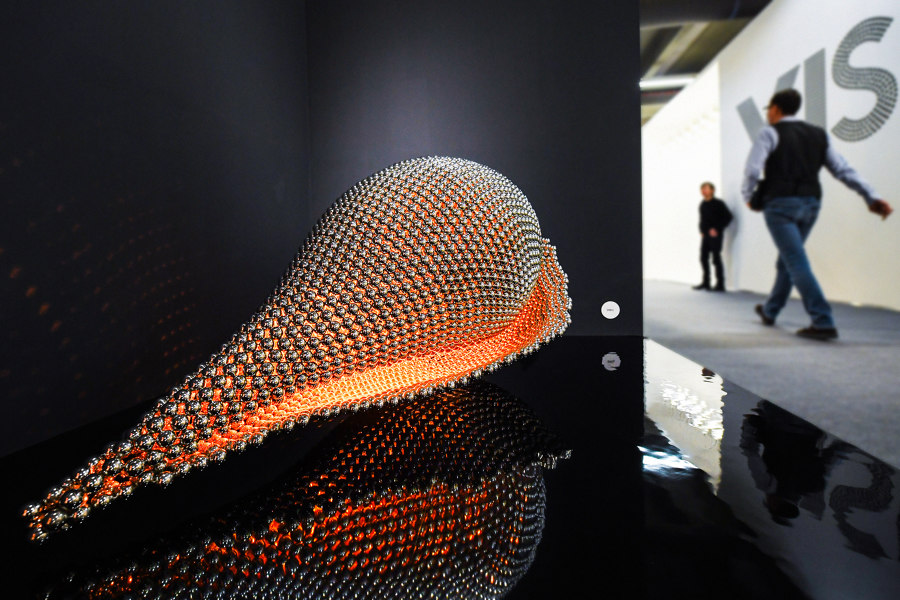
New forms, new lighting solutions: At Light + Building, architects, planners and interior designers will find plenty of inspiration and information. The range extends from historical, through classic modern to futuristic solutions
×The term 'classic authenticity' describes those designs by often renowned designers that have for decades enjoyed great popularity – such as the 'Type 600' by Baltensweiler, which is still in production today and, in fact, made an appearance in 'Mon Oncle'. 'historical ascendency', in turn, is the name for that segment that shows archetypal luminaires with have already enjoyed a long history and whose partly historical aesthetics are now enhanced by the latest technology. In addition, the area designated 'futuristic focus' shows flexible product hybrids and location–independent luminaires that function both indoors and outdoors – and in private as well as professional contexts.
© Architonic

